7 start with N start with N
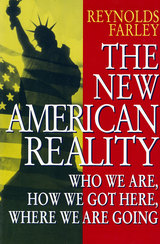

In this definitive study, Warren E. Miller and J. Merrill Shanks present a comprehensive, authoritative analysis of American voting patterns from 1952 through the early 1990s, with special emphasis on the 1992 election, based on data collected by the National Election Studies. For example, Miller and Shanks reveal that:
The loudly trumpeted "dealignment" of the 1970s and 1980s, along with the decline in voter turnout, was in fact an acute "nonalignment" and noninvolvement of new cohorts entering the electorate.
The social correlates of the Republican/Democratic divisions on party identification among Southern voters have changed dramatically over a forty-year period.
Enduring cultural and ideological predispositions play a major role in shaping voters' reactions to election campaigns and their choice for President.
Personalities of presidential candidates and their positions on campaign issues tend to matter far less than is often claimed.
Perot's appeal in 1992 can be attributed to the same factors that distinguished between supporters of Clinton and Bush.
In an unprecedented analysis of individual elections and long-term trends, and of changes within regions, ethnic groups, and gender and age categories, The New American Voter presents a unique social and economic picture of partisanship and participation in the American electoral process. This work is likely to become an instant classic.
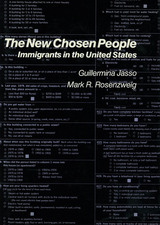
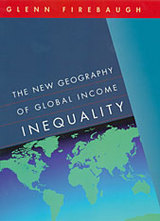
The surprising finding of this book is that, contrary to conventional wisdom, global income inequality is decreasing. Critics of globalization and others maintain that the spread of consumer capitalism is dramatically polarizing the worldwide distribution of income. But as the demographer Glenn Firebaugh carefully shows, income inequality for the world peaked in the late twentieth century and is now heading downward because of declining income inequality across nations. Furthermore, as income inequality declines across nations, it is rising within nations (though not as rapidly as it is declining across nations). Firebaugh claims that this historic transition represents a new geography of global income inequality in the twenty-first century.
This book documents the new geography, describes its causes, and explains why other analysts have missed one of the defining features of our era—a transition in inequality that is reducing the importance of where a person is born in determining his or her future well-being.
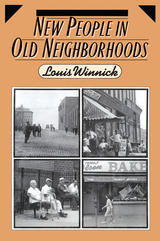
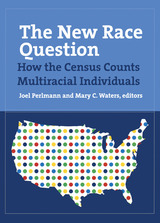
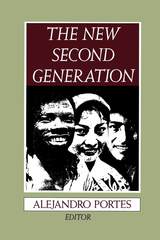
READERS
Browse our collection.
PUBLISHERS
See BiblioVault's publisher services.
STUDENT SERVICES
Files for college accessibility offices.
UChicago Accessibility Resources
home | accessibility | search | about | contact us
BiblioVault ® 2001 - 2024
The University of Chicago Press









